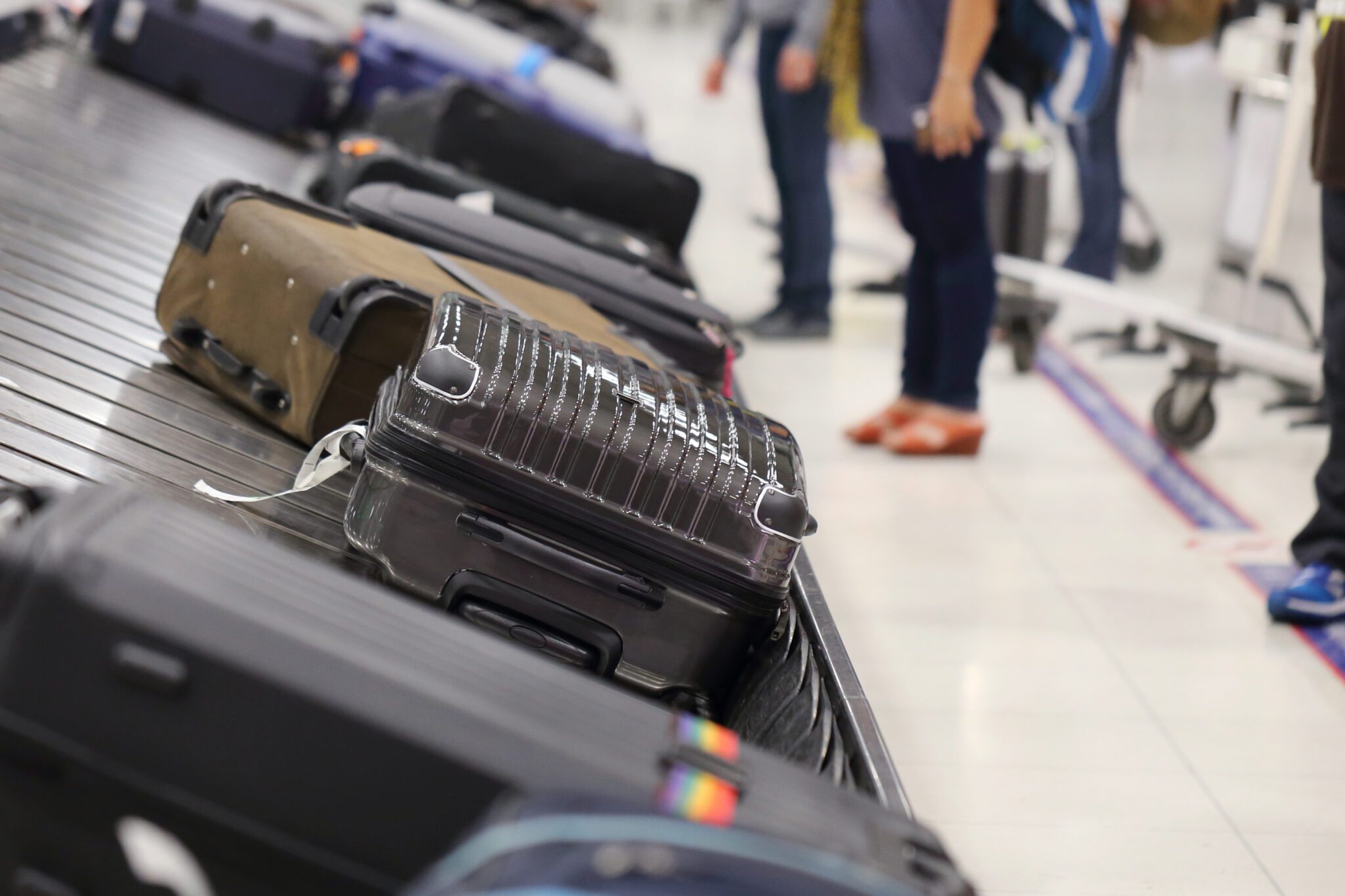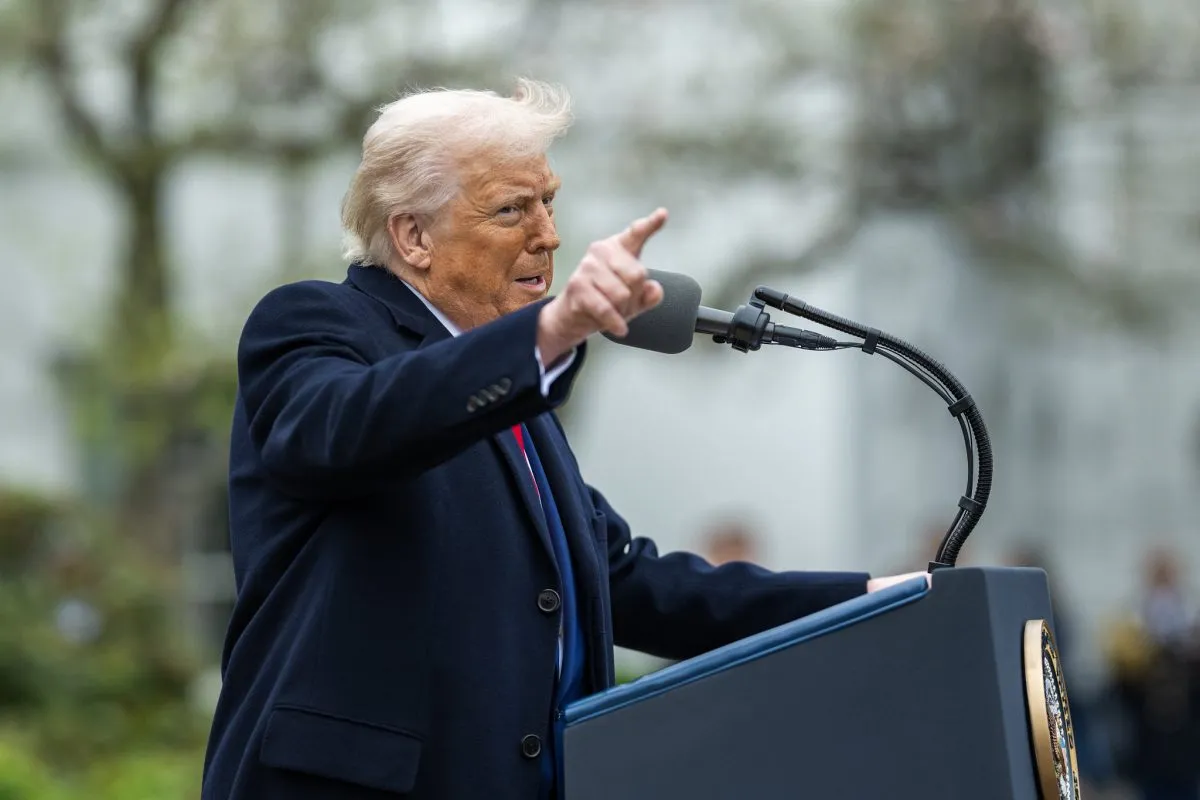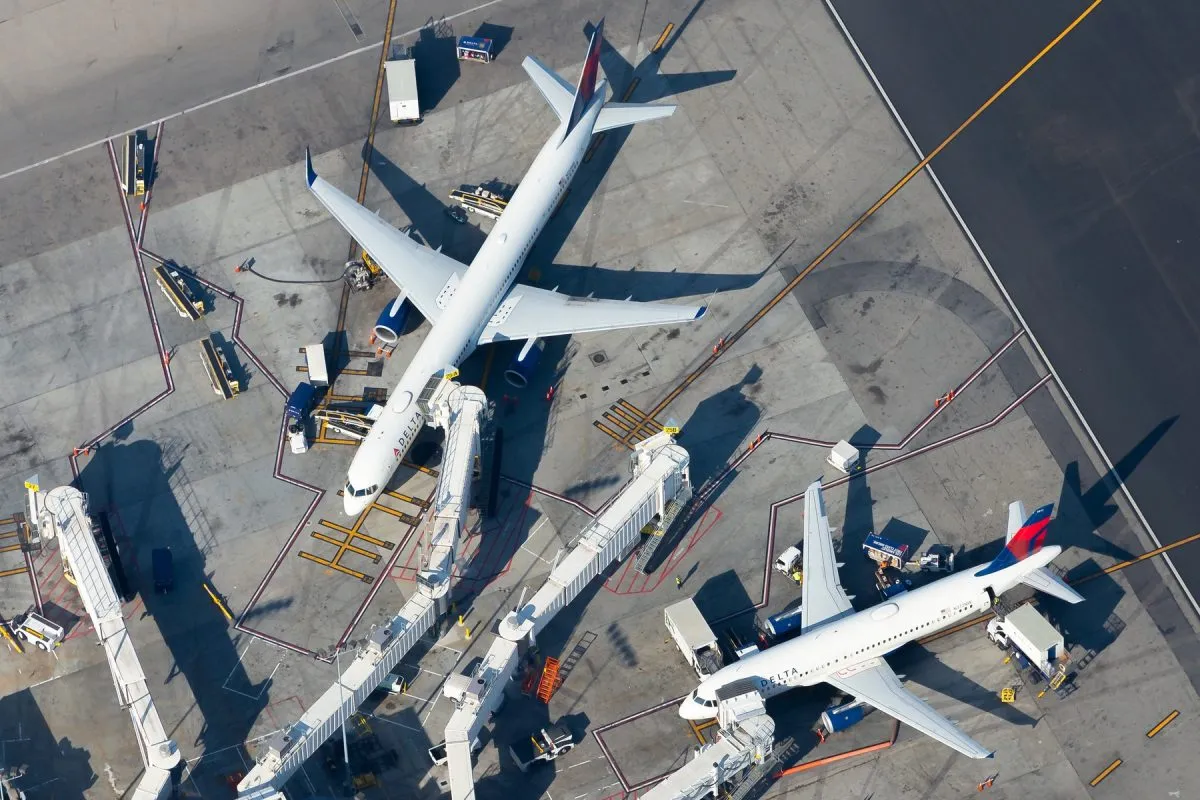How Travel Brands Are Getting Wellness Right
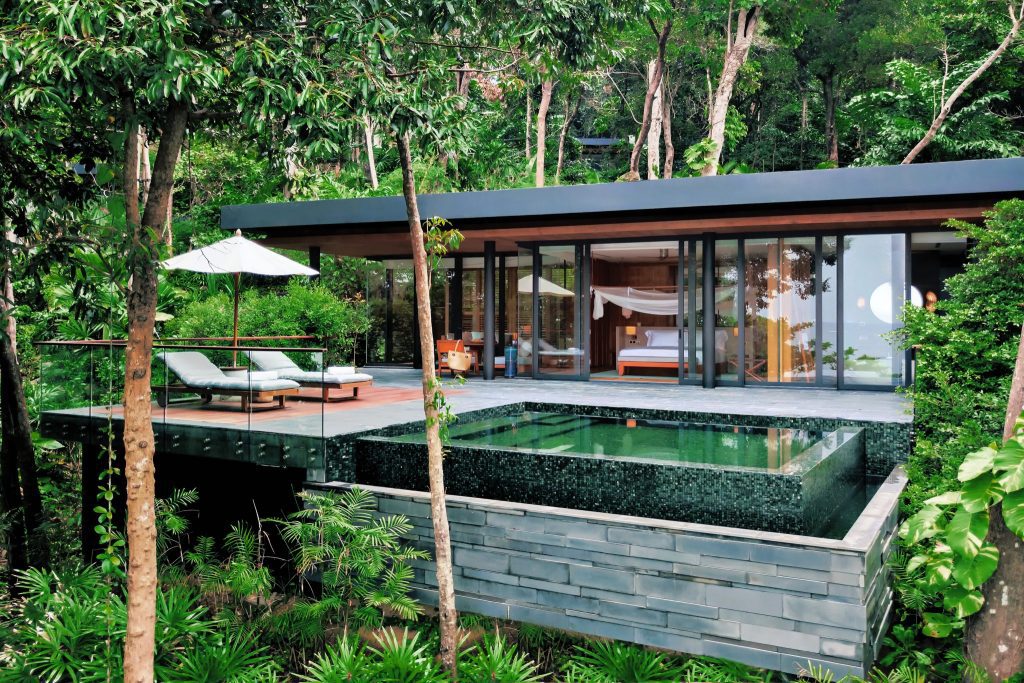
Skift Take
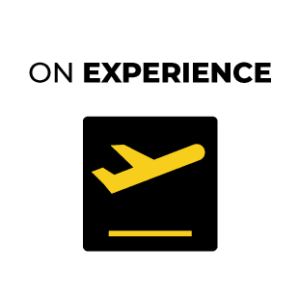
On Experience
Colin Nagy is a marketing strategist and writes on customer-centric experiences and innovation across the luxury sector, hotels, aviation, and beyond. You can read all of his writing here.Any way you slice it, discomfort is a part of travel. But as more airlines put together new routes that push the boundaries of human endurance, there are new ways of thinking that can help take out a bit of the sting. In the past trends for premium passenger amenities tilted toward decadence: heavy meals, lots of champagne, and areas in the lounge to completely veg out — or drink even more champagne.
As Skift forecasted in our 2019 Megatrend, the macro movement toward wellness within the cultural outlook is stimulating some smart changes from the best brands in travel. The most progressive companies are bringing together outside experts with tech, mindfulness, and culinary specialties to make life better for their customers.
Six Senses and Timeshifter
The luxury travel brand Six Senses applied its forward-thinking approach to wellness by partnering with the Timeshifter app, a technology company that gets behind the old-school remedies and applies some bleeding-edge science to help beat jet lag. The brand sees it as a partnership that addresses traveler well-being before and after getting to a property, while on property, its resorts have culinary, massage, and other detox treatments to help alleviate the adverse effects of travel.
According to the scientists behind Timeshifter, “The key to quick adaptation is timed light exposure. Surprising to many, light is the most important time cue for resetting your circadian clock. Managing when you see and avoid light is critical to adapting to new time zones quickly. The right light exposure at the right time can significantly accelerate your adaptation. Seeing light at the wrong time will make our jet lag worse.”
So on the app, you input your cities and flight times for arrival/departure, and you get a customized plan — replete with notifications — that tells you when to take certain actions like avoiding or consuming caffeine, getting exposure to natural light, or taking a short nap. It also suggests when you should go to bed or stay awake during the flight.
There are a few settings you can tweak based on your own personal profile: Do you take melatonin and want it integrated into your plan? Are you an early riser? I tried it out on three trips recently, after having been told about the partnership by Anna Bjurstam, the woman helping to drive the Six Senses approach to wellness. Through all of its health and wellness initiatives, Bjurstam told me Six Senses is "giving everyone the tools to take into their daily lives as much as they can." In my trials it worked like a charm. Just listen to what the app tells you about when to drink caffeine.
Qantas and Charles Perkins Centre
Qantas has been conducting focus group research as well as surveying customers as they step off the direct London to Perth services to capture their experience, suggestions, and feedback. According to Qantas CEO Alan Joyce, new research is showing "increased interest toward physical well-being, state of mind, and personal time and space." It makes sense that travel will be the sector to push wellness even further. The airline has partnered with Charles Perkins Centre, an Australian medical research institute, to help develop future offerings.
Qantas is in the first innings of executing on this: Its first forays can be seen in its international transit lounge in Perth, which features light therapy, dedicated meditation spaces, healthy food, and a station focused on interesting hydration infusions. The overall aesthetic is light, bright, and green and conveys a sense of well-being. Take note: It also happens to have some of the best coffee going on air travel in its LAX lounge.
Singita and Nature
African safari company Singita has a unique collaborator: It considers nature and the land preserves its properties sit on an extension of its treatments. According to Adrian Kaplan, general manager, marketing, at Singita, "The brand believes wellness comprises a continuous engagement with the natural surrounds and extends beyond traditional spa menus — and tailors its treatments as such." The company's concept encompasses design: the open environments in its lodges as well as sensory elements: the ambient sounds of the bush, as well as healthful ingredients in food and products. Nature serves as a powerful counterpart for holistic wellness. Indeed Singita is tapping into the reason people travel with it.
Singapore Airlines and Canyon Ranch
Singapore Airlines is tastefully understated with a lot of what they do, from their lounge product to the delivery of service across every touch point. While other brands might be more flashy and self-promotional, Singapore selects partners carefully and executes extremely well, year over year. Their partnership with destination spa resort brand Canyon Ranch for its long-haul New York to Singapore flight addresses sleep through specific ambient light settings in the cabin and subtle motions required to keep the blood flow going for passengers on ultra-long-haul flights.
For Singapore's culinary strategy, the menus developed by Canyon Ranch chefs focus on "hydration, nutrition, and bold flavors." According to the menu, “this means less salt and sugar, more turmeric and fennel," with bold flavors that can cut through deadened taste buds at altitude. There's potential to make partnerships like this stretch even further across the brand.
Cathay and Airbus A350
One of the biggest game-changers that has helped improve my long-haul travel experience over the past several years has been paying attention to the equipment I’m flying on. The Airbus A350 has lower air pressure and more humidity, which takes the discomfort out of long haul. You arrive feeling less dried out, and it seems to really affect the duration of jet lag. The trick is keeping an eye on which airlines flies this model and which routes they take. For example, Cathay flies the A350 into Newark airport from Hong Kong, while it flies a larger 777 into John F. Kennedy International. Long-haul travel is intense — and jet lag is no joke — but innovative brands are making improvements to the experience with cross-collaborators spanning multiple industries.



